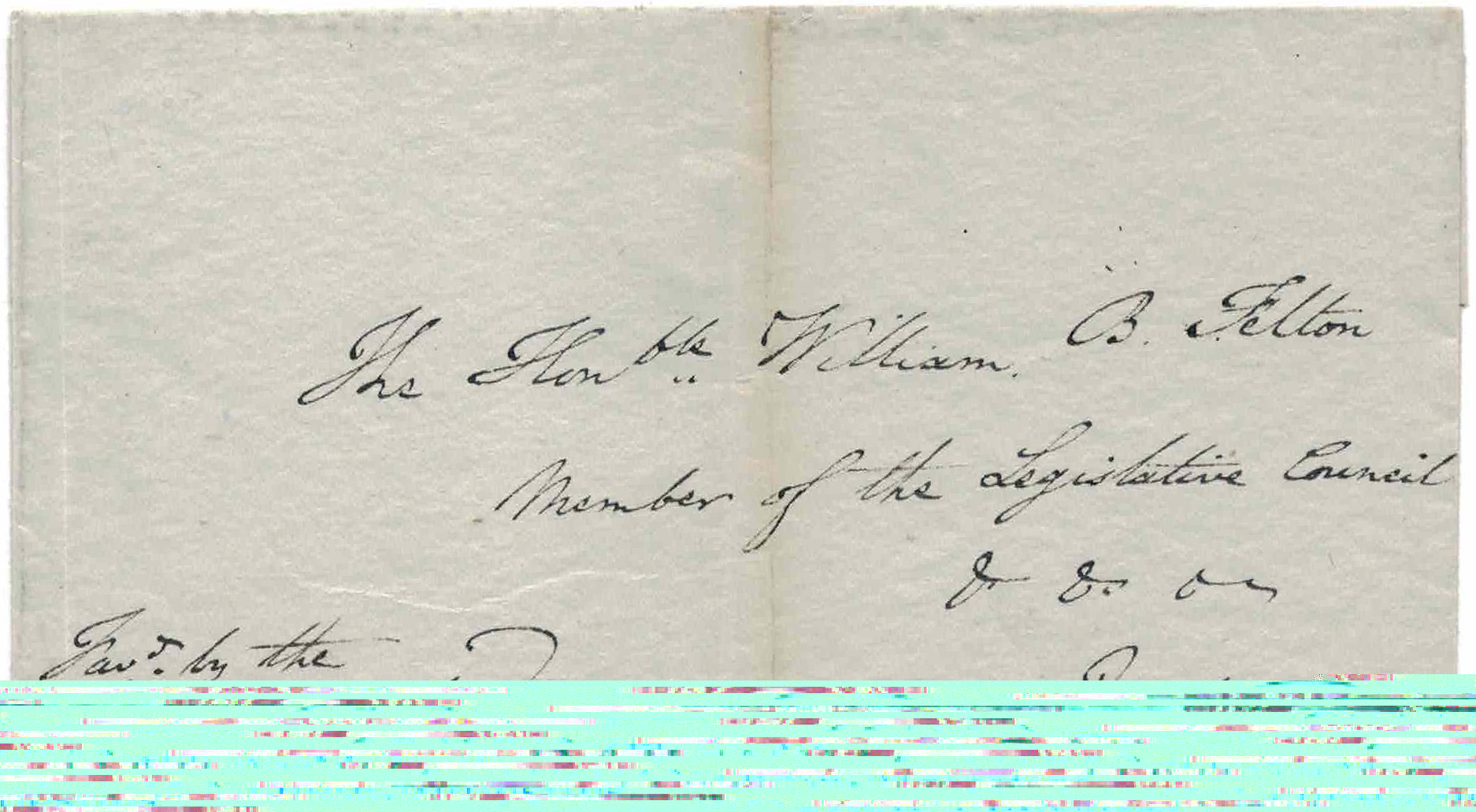|
|

|
The Postal History of Favoured Letters
Jacques Poitras (Quebec QC)
Thursday, July 19, 3:00 pm at Navy Hall
For about a century after the creation of the Canadian postal system, letters were either sent through the official mail (when possible) or could be given to individuals, who would bring the letter to the destination either for a rate or for free. This custom was especially prevalent in the whole area east of Quebec City (North Shore and Gaspe Peninsula). In certain cases, one can speak of a kind of system… For example ship captains considered it as a duty the forwarding of letters along the St. Lawrence River. I will present the result of our (my wife and I) 30 years of research on this very little known and very ancient domain of Canadian postal history.

|
|

|
Uses of the Leaf and Numeral Issues — 1897-1903
Vic Willson (College Station TX)
Thursday, July 19, 5:00 pm at Navy Hall
The Leaf and Numeral stamps, issued over a 5 year period between 1897 and 1902, spanned a period of significant changes in both domestic and foreign rates. Each stamp was issued for a purpose, and the presentation focuses on examples of the rates those stamps individually were issued for. For each stamp the intended purpose is discussed and in addition, examples of other usages for that stamp are shown. Makeups and mixed frankings are excluded from this approach as being nearly endless and practically not doable in a finite time with finite budget. The other uses focus is more of a fun aspect, showing how someone with a sheet or loose bunch of the stamps might use them for a higher rate, such as we might do ourselves. All Leaf and Numeral stamps are discussed separately, with one challenge being usage of the stamp during its primary period of availability prior to issuance of its successor with the same value. For the Leaf issue this is a significant limitation in finding even common rates within time-frame. For Numerals the same occurs with a few stamps such as the 7 cent, the issue's limiting factor being the Edward issuance for low values.

|
|

|
Commercial Uses of Semi-Official Air Mails
Tom Watkins (North Saanich BC)
Friday, July 20, 9:30 am at Sheraton Hamilton Hotel
In the early 1920's airmail essentially did not exist. However, the discovery in the mid-1920's of gold in various isolated regions of Canada created the need for an effective means of transportation to these settlements. The absence of roads and railways into these remote areas created the opportunity for the use of aircraft to link to the outside world and several pioneering companies initiated air service, including private airmail, with varying degrees of success. The efforts of these pioneering firms proved the viability of airmail, leading to its eventual nation-wide use.
First flight and other philatelic semi-official airmail service were commonly saved as souvenirs but comparatively little commercial mail carried by these airlines survived. This presentation will outline the development of commercial semi-official airmail service and all items displayed are believed to be commercial in nature.
|
|

|
The Royal Visit of 1939
Joe Trauzzi (Brampton ON)
Friday, July 20, 1:00 pm at Royal Botanical Gardens
A look at the 1939 Royal Visit through the eyes of a philatelist.
The Agenda:
- The 1939 Royal Visit commemorative issue of Canada, production and release.
- The 1939 Royal Train, postal markings and samples.
- The Royal Train tidbits and stories.

|
|

|
Brown Brothers Nurseries: an unusual Niagara Peninsula Post Office, 1897-1910
Charles Verge (Etobicoke ON)
Friday, July 20, 3:30 pm at Royal Botanical Gardens

|
|

|
Postal Service in Québec, 1763-1851 — Various Stages of Research
Cimon Morin (Gatineau QC)
Saturday, July 21, 1:30 pm at Sheraton Hamilton Hotel
This presentation will point out the various sources and archival records researched at Library and Archives Canada in order to identify the localities served by a post office and the dates those offices opened; identify the postmasters and their dates of appointment and departure; identify the postal markings used in the period; identify the mail routes and the private mail contractors and other records on the postal service.
|
|

|
Mail and the Early Development of the CPR Main Line on the Prairies
Brian Copeland (Delta BC)
Saturday, July 21, 3:30 pm at Sheraton Hamilton Hotel
This presentation reviews the development of the CPR main line and mail service on the prairies up to about 1900. It begins with examples of mail from the prairies before the railway. By late 1878, the Pembina Line provided a rail connection between Manitoba and the U.S. This was the key route for mail, passengers, and construction materials needed to support the construction of the CPR. The first railway post office in Western Canada was established on this line and cancels from the various hammers will be shown. Winnipeg became the centre of operations for the western division of the CPR as illustrated by a few CPR company covers. Mail service followed construction of the railway and this is illustrated by covers showing the various RPO cancels from the period as well as a few of the new post offices that emerged. Results of a new study to determine the geographical distribution of where the various CPR West of Winnipeg cancels were used will also be highlighted.

|
|

|
Interesting and Uncommon Aspects of Early Newfoundland Postal History
David Piercey (Edmonton AB)
Sunday, July 22, 1:30 pm at Sheraton Hamilton Hotel
We commonly think of mail to and from Newfoundland always transiting through St. John’s. Indeed most mail around the island, and to and from the island, routinely went through St. John’s. But there were other much less common mail routings as well. This presentation provides a description and showing of covers illustrating some lesser known postal routes for mail conveyance around or off the island, including mail carried under contract with shipping firms in Halifax, with coal steamers originating in Montreal, and even British Royal Navy vessels to England. As not all routes could be operated year round (because of ice conditions) I also show winter mail from Labrador via Canadian Royal Mail, and the overland Great Northern Mail Route to northern island ports. Also some postal anomalies resulting from the completion of the island’s railroad will be shown. If time permits, I will also show covers demonstrating the handling of late mail on steamship or railway routes, and will show some scarcer St. John’s branch office postal markings.

|
|
|













